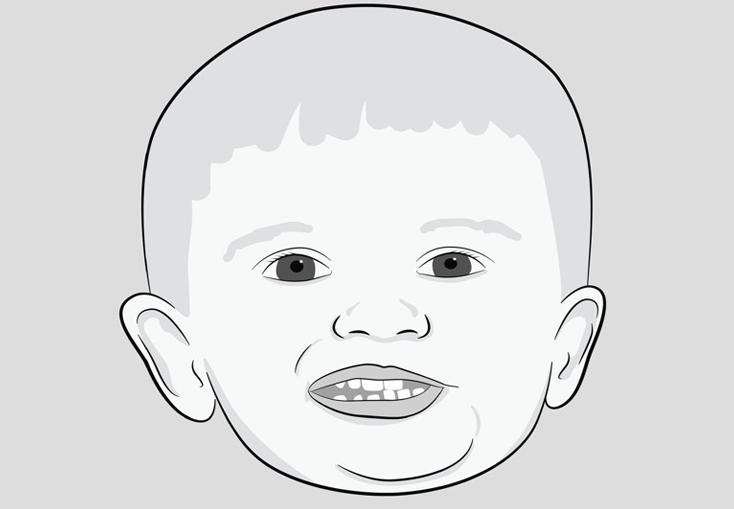
Mastering TMJ Dysfunction: A Comprehensive Chiropractic Approach for the Adult and Pediatric Patient
Mastering TMJ Dysfunction: A Comprehensive Chiropractic Approach for the Adult and Pediatric Patient
Unlock your potential to work with patients suffering from temporomandibular joint (TMJ) dysfunction. This course is designed to equip you with the clinical anatomy, physiology, and functional knowledge necessary to address and correct TMJ dysfunction using chiropractic cranial adjustingSM techniques.
Temporomandibular joint (TMJ) dysfunction can present in adults and children with a variety of symptoms, affecting not only the jaw but also related structures like the head, neck, and ears. It may sometimes be subtle or mistaken for other conditions. If TMJ dysfunction is suspected, early evaluation is essential for appropriate evaluation, diagnosis, treatment, and to prevent long term or future compensations and complications.
This course is essential for any chiropractor looking to expand their knowledge and skill set in treating TMJ dysfunction. In this comprehensive course, you will dive deep into the intricacies of the TMJ, learning the critical examination and treatment protocols necessary to treat TMJ dysfunction effectively, ensuring better outcomes for your patients and enhanced collaboration with dental professionals.
Take the next step in your professional journey. Enroll in our TMJ Dysfunction course today and start making a difference in your patients’ lives.
What You’ll Learn
- Functional Anatomy and Physiology of the TMJ: Gain an in-depth understanding of the TMJ’s anatomy and physiology, crucial for accurate evaluation and treatment
- Chiropractic/Dental Co-Treatment Models and Protocols: Learn the basics of dental terminology and approaches, enabling you to collaborate effectively with dental professionals on co-treatment protocols
- Complete TMJ Examination Techniques: Master the examination techniques needed to identify the type of TMJ dysfunction in both adult and pediatric patients
- Cranial Bone Involvement Identification: Discover how to pinpoint specific cranial bone involvements and determine the correct adjusting sequence to restore normal TMJ mechanics
- Chiropractic Cranial Adjusting SM Protocols: Learn specific chiropractic cranial adjusting protocols to correct cranial bone misalignments and restore proper TMJ function
- Patient Exercises for TMJ Function Restoration: Equip your patients with exercises designed to help restore and maintain normal TMJ function.
Resources Provided
- Video Class Modules: Access detailed video lessons that cover every aspect of TMJ dysfunction and its treatment
- Evaluation & Technique Presentations: Watch and learn from expert presentations that demonstrate effective evaluation techniques and treatment protocols
- Practical Demonstrations: See real-life demonstrations of TMJ adjustment techniques to enhance your learning experience
- Live Calls with the Instructor: Participate in live calls with Dr. Rosen & Dr. Watson, where you can ask questions and get personalized guidance
- Interactive Private Facebook Group: Join a community of like-minded professionals in our private Facebook group for ongoing support and collaboration
- Complete PDF Workbooks: Receive comprehensive PDF workbooks that complement your learning and provide a valuable reference for future practice
- Complete Transcriptions of All Videos: Receive the entire word for word transcriptions of all videos in the class
- Email Access to Dr. Rosen & Dr. Watson: Get direct email access to the instructors for any questions or guidance you need during the course
Course Contents
41 Modules | 41 CTAsMeet the Instructors
As early as first quarter in chiropractic school they were attracted to each other’s commitment to chiropractic and the pursuit of excellence. Their combined 80 years of personal and clinical and teaching experience, in delivering the chiropractic adjustment is unparalleled in the chiropractic profession. Their international outreach through teaching, writing and lecturing has been a driving force in their personal and professional careers since their first seminar taught together as students, in 1979.
Their years of experience have taught them what works and what does not work to create a successful practice and lifestyle. The more competent and comprehensive your expertise you will find that more patients will seek your services and your practice will grow exponentially.








